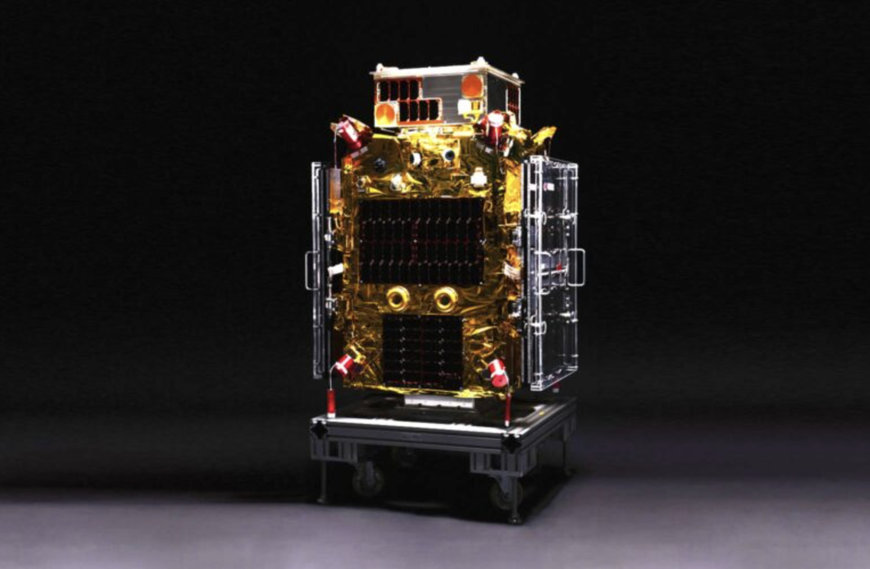www.aero-defence.tech
26
'24
Written on Modified on
Astroscale News
ASTROSCALE’S ELSA-D FINALIZES DE-ORBIT OPERATIONS MARKING SUCCESSFUL MISSION CONCLUSION
The mission demonstrated capabilities essential for on-orbit servicing, including capture and rendezvous and proximity operations.

Astroscale announced it has completed the final phase of its End-of-Life Services by Astroscale (ELSA-d) mission with the safe and controlled de-orbit operations of the ELSA-d servicer satellite using the remaining operational thrusters, marking the successful conclusion of the pioneering mission. The servicer is orbiting at an altitude of approximately 500km and will re-enter and burn-up in approximately 3.5 years — well within the commonly adopted 25-year guidelines. The client satellite, which does not have the ability to manoeuvre, is predicted to naturally de-orbit within five years.
ELSA-d was the world’s first commercial mission to prove the core technologies necessary for on-orbit satellite servicing in low Earth orbit (LEO). The mission, which consisted of two satellites — a servicer designed to safely remove debris from orbit and a client that serves as a piece of replica debris — was launched as a stack from the Baikonur Cosmodrome in Kazakhstan in March 2021.
The mission successfully completed unprecedented demonstrations in orbit, including repeated magnetic capture and rendezvous operations. In the first demonstration, the servicer released the client and manually performed magnetic docking, successfully validating the capture system, on-board sensors and cameras. During the Autonomous Capture demonstration, the servicer released the client and began autonomous relative navigation holding a “home position” for over seven hours. However, anomalous spacecraft conditions were detected and for the safety of the mission, the team decided not to proceed with the capture attempt.
Despite the servicer losing the use of four out of its eight thrusters, the mission went on to complete further controlled close-approach rendezvous operations between its two spacecraft in orbit. The technologies proven in this demonstration included tracking of an object from a great distance, rendezvous with an uncontrolled object, and handover from absolute navigation to relative navigation for a LEO servicing spacecraft. These capabilities are essential for rendezvous and proximity operations and on-orbit servicing, and this demonstration was unprecedented for a commercially funded mission in LEO.
The ELSA-d mission proved other key capabilities required for on-orbit servicing, including:
- autonomous guidance, navigation and control algorithms,
- closed-loop control with on-board navigation sensors,
- autonomous thruster rendezvous manoeuvring and attitude control,
- navigation of a servicer spacecraft from approximately 1,600 km to within 160 m of a client using absolute navigation techniques (GPS and ground-based observations),
- transition from absolute navigation to relative navigation using on-board LPR sensor, and
- more than two years of servicer and client satellite in-orbit mission operations.
Astroscale has harnessed what it learned from ELSA-d and evolved future missions, including the upcoming Active Debris Removal by Astroscale-Japan (ADRAS-J) mission. The mission is the world’s first attempt to safely approach, characterize and survey the state of an existing piece of unprepared large debris through rendezvous and proximity operations.

